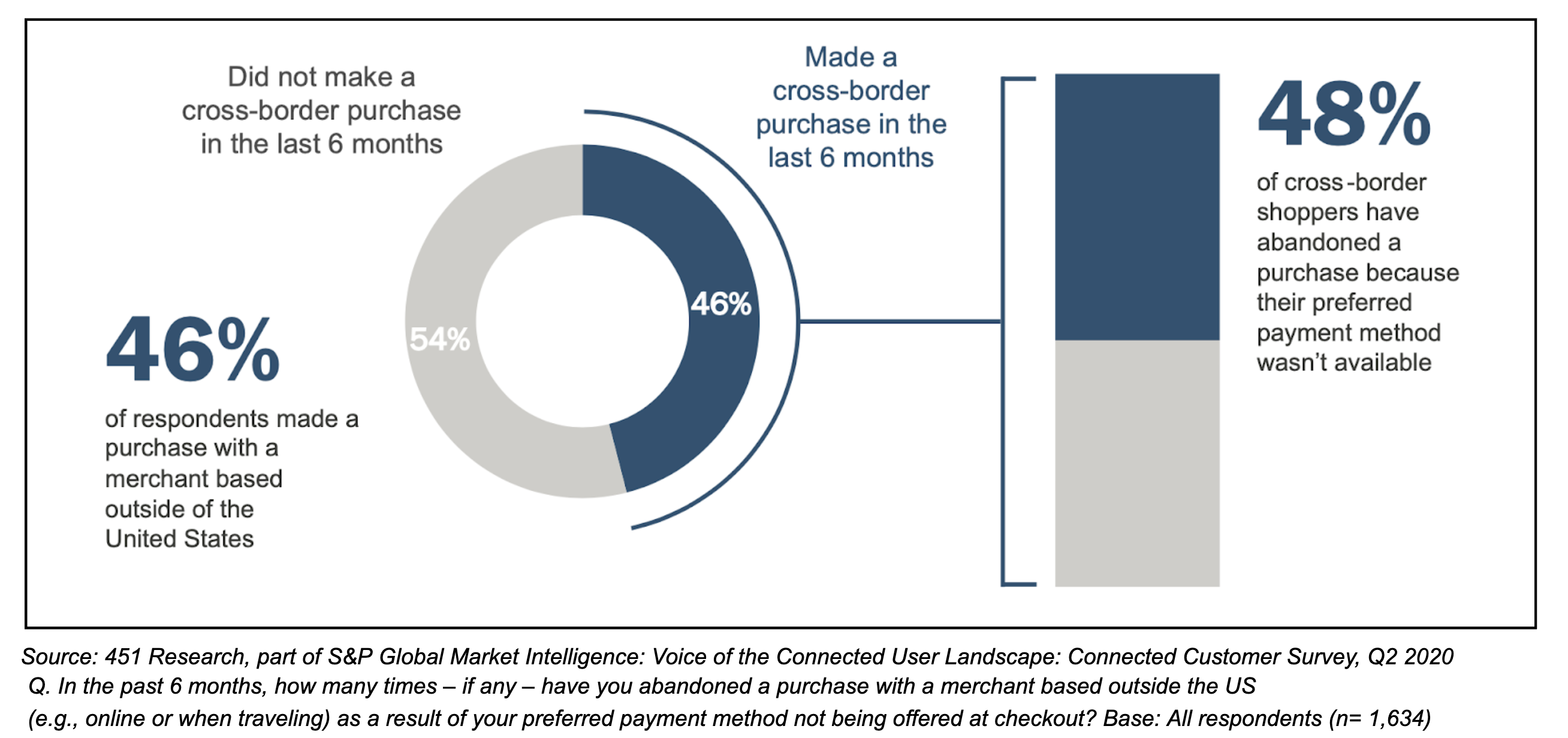Note: Throughout this piece, I will be referring to Jordan McKee’s excellent playbook on optimizing payment systems for the coming decade, Moving Payments From Commodity to Commerce Catalyst Through Optimization and Orchestration. It is behind a subscriber wall, but I encourage you to check it out, along with all the fine work Jordan and his team are doing in this space.†
This week VGS has headed to the Fintech Talents Festival in London – a celebration of innovation in the rapidly evolving world of digital finance and technology. The global festival has me thinking of cross-border payments and how VGS is solving challenges merchants face in establishing a global customer base.
England’s wool industry was perhaps the earliest staple of its economy and early international commercial presence. There is a fascinating (for sweater-loving anglophiles like me) history of its place in the British economy, including the multi-century class struggles concerning enclosure (enclosing of public lands to limit common usage). I digress, but it is because after eyeing a sweater from a small British retailer for several years, I finally ordered it last week. It arrived in all its lanolin-steeped, 3-gauge-knit glory soon after. This is what a global retail economy should provide and what we at VGS enable: efficient, cross-border transactions for small and emerging merchants alike.
In the report, McKee cites a study done by 451 Research, part of S&P Global Market Intelligence, asking US shoppers if they had attempted a purchase from a merchant outside the US and, if so, if they had abandoned a purchase because their preferred payment methods were not available. Of the roughly half that attempted a cross-border purchase, half again admitted to abandoning that purchase due to payment method concerns.

This alone is a tremendous hit to buyers and sellers looking to transact globally, but it is also just one of several issues merchants and cardholders face. Others include:
-
Local Acquiring - When I travel to the United Kingdom (for my wool-based tourism), I want a local guide who knows the customs and nuances of the landscape. In the same way, VGS allows merchants to partner with multiple localized payment partners that will support both card and non-card local payment methods and accurately assess the veracity of a transaction. In this report Jordan notes that merchants may experience significantly lower decline rates when working with a local acquirer.†
-
3DS/2 - 3D Secure is a security protocol established by banks to authenticate payments in light of increased payment fraud online. While a solid framework, it is unevenly applied globally (without much presence in the US) but required in other places. To ensure compliance and risk assessment (read: “approval”), merchants should work with payment partners that can actively adapt their checkout based on their region to meet 3DS requirements.
-
A Global Checkout Experience - The humble checkout experience is an often overlooked but fundamental component of turning global customer demand into revenue. Adapt your checkout experience to accommodate relevant payment methods for your customer, display amounts in local currencies, remove irrelevant fields and then direct those transactions on the back-end to trusted payment partners who specialize in this merchant and region.
McKee and his team expound on all of these, and I hope you will check out the full read. Given how quickly things move in our space, it’s a remarkable accomplishment to have his piece from a year ago remain so relevant today. I expect it will continue to do so - and promise it won’t be the last time your correspondent at VGS cites it.
Whether you get a chance to read the full report or not, get in touch with us, to see how we do our part to grow and secure global commerce as part of our mission to Optimize Payments.
†Jordan McKee, Moving Payments From Commodity to Commerce Catalyst Through Optimization and Orchestration. 451 Research, part of S&P Global Market Intelligence, July-2020. p7.




